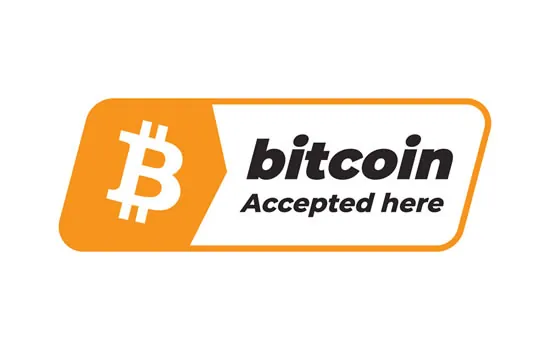

Want to add a Bitcoin payment processor to your business but don’t know how to do it? If so, here’s a guide for adding a crypto processor to your company.
Bitcoin is among the leading cryptocurrencies in today’s world. People use this cryptocurrency to pay for services and goods. Since its inception, Bitcoin’s value has increased tremendously. And while it has dropped dramatically, it doesn’t compare to when Satoshi Nakamoto launched Bitcoin in 2009.
It’s, therefore, not surprising that more people want to trade this virtual currency on platforms like the quantum-ai.trading. Additionally, forward-thinking business owners want to embrace this cryptocurrency. A Bitcoin payment processor is among the most effective ways to accept crypto in your business. But how do you do it? This article explains how to add a Bitcoin payment processor to your business.
Understand Bitcoin Payments First
Before you incorporate a Bitcoin payment processor into your business, understand crypto payments. And this will help you know what you’re getting into and the risks involved. Bitcoin is decentralized electronic or digital money, also known as a cryptocurrency that people use as an exchange medium. Satoshi Nakamoto created this virtual currency. Transactions happen on a peer-to-peer network that doesn’t have a central authority. The network validates and records all transactions on a blockchain public ledger.
People can buy this cryptocurrency from online exchanges using fiat currencies like USD. Once they have it, they store it in digital wallets. From there, they can use it to pay for goods and services or trade it for other assets. The payment process is fast and secure since it doesn’t involve third-party intermediaries.
When accepting Bitcoin payments, businesses should note that this cryptocurrency is volatile. Its value against fiat currencies fluctuates often. Such volatility makes it a risky asset to hold. Companies should, therefore, convert BTC into fiat currency as soon as they receive payments in crypto form. A Bitcoin payment processor can help limit the risk by enhancing faster conversion.
How to Add a Bitcoin Processor to Your Business
Now that you understand Bitcoin payments, it’s time to learn how to add a BTC payment processor to your business. Here are easy steps to follow:
Get a Secure Crypto Wallet
The first step is to get a secure crypto wallet. A crypto wallet is where you’ll store your BTC after receiving payments. While many digital wallets are in the market, not all are secure. Therefore, take your time to research and find a reputable and reliable BTC wallet. Some of the most popular ones include Trezor, Ledger Nano S, Exodus, and Armory.
Look for a Bitcoin Payment Processor
After getting a digital wallet, look for a Bitcoin payment processor. A BTC payment processor is an online service that helps businesses accept crypto payments. These services come in handy, especially for small businesses that don’t have the time or resources to set up their crypto payment infrastructure. Some popular BTC payment processors include BitPay, Coinbase, and CoinGate.
Each BTC payment processor has different features. Therefore, take your time to compare them before settling on one. Factors you should consider include transaction fees, ease of use, security, and support. Also, ensure that the processor integrates with your existing shopping cart. This way, it’ll be easier to track payments and invoices.
Create a Bitcoin Address
After finding a suitable BTC payment processor, create a Bitcoin address, the public key that people will use to send money to your digital wallet. To generate a BTC address, log in to your account on the selected BTC payment processor and click on “Receive Money.” The processor will generate a BTC address for you. You can copy and paste the address on your invoices or shopping cart.
Start Accepting Payments
The last step is to start accepting payments in Bitcoin. To do this, provide your BTC address to customers and wait for them to pay. Once you receive payments, they’ll reflect in your account on the BTC payment processor. From there, you can decide to convert them into fiat currency or hold them in Bitcoin form.
Conclusion
Adding a Bitcoin payment processor to your business is easy. However, please take your time to find the right one for your needs. Also, remember that Bitcoin is a volatile asset. Therefore, convert BTC payments into fiat currency as soon as you receive them. This way, you’ll limit your exposure to market volatility.
•As party emerges coalition’s choice •Mark, Aregbesola named chair, secretary •Oyegun, CPC caucus in APC…
Executive Secretary, National Board for Technical Education (NBTE), Professor Idris Bugaje, provides a deep insight…
Minister of Women Affairs, Hajiya Imaan Suleiman, has said the North-West region has the highest…
Dr. Yetunde Adeniyi, a child and adolescent psychiatrist and the director of the Centre for…
AS Nigeria continues to navigate the complex terrain of democratic governance, the clamor for political…
THE global aviation industry is facing a complex and challenging landscape, beset on all sides…
This website uses cookies.